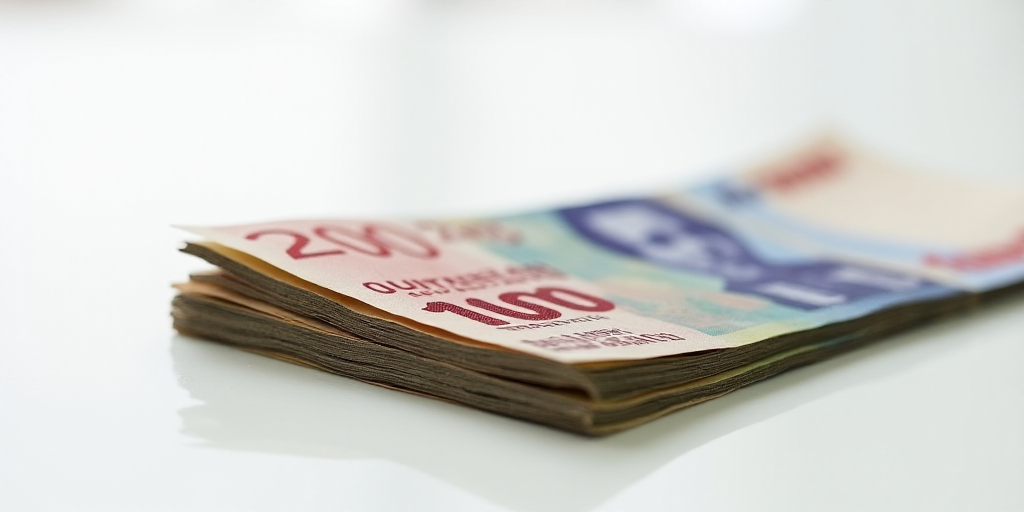Introduction to the Mexican Peso and its Current Situation
The Mexican peso has been experiencing a decline against the US dollar due to global strength in the greenback and recent positive employment data from the United States. This development has led to expectations of an interest rate cut in the US, further impacting the Mexican currency.
Who is Affected and Why is This Relevant?
Millions of Mexicans and businesses are affected by the fluctuating value of the peso, as it directly impacts their purchasing power and international trade. Understanding this situation is crucial for anyone dealing with Mexican imports or exports, as well as for investors and economists tracking the health of the Mexican economy.
Global Greenback Strength and US Employment Data
The recent surge in the value of the US dollar can be attributed to several factors, including stronger-than-expected US economic data and the Federal Reserve’s commitment to controlling inflation through interest rate hikes. As the global reserve currency, any appreciation in the US dollar tends to have a ripple effect on other currencies, including the Mexican peso.
The Impact of US Employment Data
On the other hand, the release of positive employment data from the United States has bolstered expectations of an imminent interest rate cut by the Federal Reserve. This is because a robust job market typically signals that the central bank should ease monetary policy to prevent overheating and potential inflation. Such expectations further strengthen the US dollar, putting additional pressure on the Mexican peso.
Consequences for the Mexican Economy
A weaker peso can have both positive and negative consequences for the Mexican economy. On one hand, it makes Mexican exports more competitive in the global market, potentially boosting manufacturing and industrial sectors. On the other hand, it increases the cost of imports, which can lead to higher inflation and affect consumers’ purchasing power.
Inflation and Monetary Policy
The Bank of Mexico (Banxico) has been closely monitoring the peso’s fluctuations and their implications for inflation. With the current global economic climate, Banxico may need to adjust its monetary policy to maintain price stability and support economic growth.
Key Questions and Answers
- Q: What is causing the Mexican peso to weaken against the US dollar? A: The peso is weakening due to global strength in the US dollar, fueled by positive employment data and expectations of an interest rate cut by the Federal Reserve.
- Q: How does a weaker peso affect the Mexican economy? A: A weaker peso can make Mexican exports more competitive, but it also increases the cost of imports, potentially leading to higher inflation and affecting consumers’ purchasing power.
- Q: What role does the Federal Reserve play in this situation? A: The Federal Reserve’s commitment to controlling inflation through interest rate hikes and expectations of an upcoming rate cut have contributed to the US dollar’s appreciation, putting pressure on the Mexican peso.
- Q: How is the Bank of Mexico responding to these developments? A: The Bank of Mexico (Banxico) is closely monitoring the peso’s fluctuations and their implications for inflation, potentially adjusting its monetary policy to maintain price stability and support economic growth.






